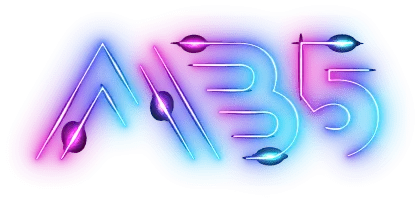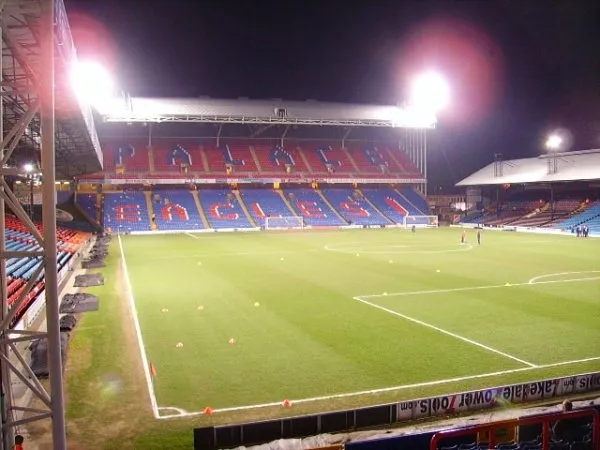Crystal Palace became a Football League club in the year 1920, when it was announced that the Southern League First Division clubs were admitted as founding members of the newly established Football League Third Division. In the first season of their debut being the first Football League club, Palace lost their first game against Merthyr Town 1-2 with George Milligan scoring the club's very first goal in a league match. Milligan's Palace career was not long-lasting however, as he made only one appearance in the team's history. Palace's very first at-home Football League match was a poor 0-0 draw with Plymouth Argyle, but the team then enjoyed six consecutive victories. Goalkeeper Jack Alderson, who had been hired in 1918, maintained his score clean during five of those victories and the team lost only six more league games during the season. Palace were unbeaten during the final 16 game of the campaign, which featured an 8-game win streak. The club won the title by five points over runners-up Southampton and be promoted into the Second Division. Palace scored just 34 goals in the entire campaign, which was a mark which was in place until 1979. Palace became part of Preston North End, Small Heath, Liverpool and Bury as the only teams that at the time won a trophy in its first campaign as league clubs. Palace also took home its 3rd London Challenge Cup, beating Clapton Orient 1-0 at White Hart Lane thanks to the goal of the forward John Conner.
The following season saw the establishment of the Northern segment that was part of the Third Division which meant the southern clubs would now be part of a brand new division dubbed The Third Division South. The arrangement would last until 1958 which was when it was the time that both Third as well as the Fourth Division were formed, but for the moment, Palace was ahead of all that. And in 1921-22, they began with their first season of the Football League as a Second Division club and finished 14th. In the opening game of the FA Cup that season, Palace won one of their most memorable wins, defeating First Division Everton 6-0 at Goodison Park. The 1922-23 season saw Palace was struggling in the lower parts of the division, ultimately being 16th. The following season saw Palace finish 15th. In the same year that Palace took on a major purchase in the intention of acquiring a permanent residence.
In 1919 the Palace minutes book contained an article that directed the Secretary to study the possibility of getting an agreement to lease the ground at Selhurst however the term "ground" was somewhat misleading as at the time, it was a wasteland that was only valuable for railway workers from the London, Brighton and South Coast Railway Company. It was once been a brickfield as well as two chimneys remain. 3 January 1922 was the day the club bought the stadium for PS2,750 and the renowned football stadium designer Archibald Leitch was commissioned to create Selhurst Park. Leitch was the architect of stands for Craven Cottage, Stamford Bridge, White Hart Lane and Leeds Road, but the design of Selhurst Park was unusual in the fact that it didn't have a roof gable. The remaining three parts of the field were open with the lower part being laid out in a terrace. Construction was delayed due to dispute over industrial relations, and by the time the stadium was officially opened to the public by Lord Mayor London on the 30th of August 1924, the stadium was not completed. It was however equipped with a variety of amenities, including "offices tearooms, training rooms and slipper, plunge, needle and shower baths". The first game was played against The Wednesday, and in the presence of 250,000, Palace lost 0-1, with the opening goal of the game in the game at Selhurst Park being scored by Billy Marsden. The loss was the beginning of the remainder of the season, and Palace eventually being placed in the twenty-first position and being relegated together with Coventry City. A win in the final game against Oldham Athletic would have secured the club's existence, but Palace fell short by one goal, and it would take nearly 40 years before they was able to return to the second tier that is English football. The next year was when Selhurst Park stage the England against Wales international on the 1st March 1926. It's the only complete international game to be held at Selhurst Park.
After the club's demotion into the Third Division South, Edmund Goodman was relieved of his position from his position as the manager in the first period of the 1925-26 season to resume his administration duties. A succession of managers tried to plan Palace's return to the top of to the Football League pyramid. However , their stay in the division would continue for longer than the existence in the Third Division South itself. Only the champions could gain promotions and a challenging division to exit from however Palace had a chance to winning on several occasions. In the 14 Third Division South seasons pre-Second World War, Palace finished above eighth spot ten times and never sunk below fourteenth place, and was also runners-up no lower than three times. When the 1939-40 season Palace were at the top of the table however the season was put on hold after only three games at the start in the Second World War.
The war years 1939-45 were a state of chaos, resulting in the creation of Wartime Leagues. Palace was a member of to the League South "A" Division in 1939, and then the League South "D" Division in 1940. They were successful in the latter tournament immediately, before winning an unofficial South Regional League the following season, based on the goal average. They were a part of the London League during the 1941-42 season. This was despite the clubs of London refusing to participate in the improvised competitions that which the Football League were organising. The division lasted only one season, before the London clubs returned to their place in the Football League fold, with Palace joining the Football League South for the subsequent four seasons. The club fielded 186 players throughout those seven seasons of wartime.
After the war, Palace was relegated to the Third Division South and endured their worst season to 1948-49. They ended up being bottom of the pile and being re-elected for their first time. Palace maintained their place and finished seventh in the following season. They followed that up with another place in the bottom and re-election in 1950-51 with the unpopular records of having the least number of goals during the Third Division South season. Palace was struggling for the next couple of seasons and were required to be elected for the third time in 1955-56. the exception of Swindon Town keeping them from the bottom of the table that season and they would stay in the bottom that season until their league overhauled in the year 1958.
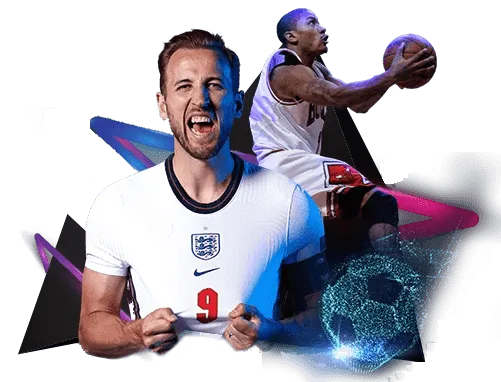
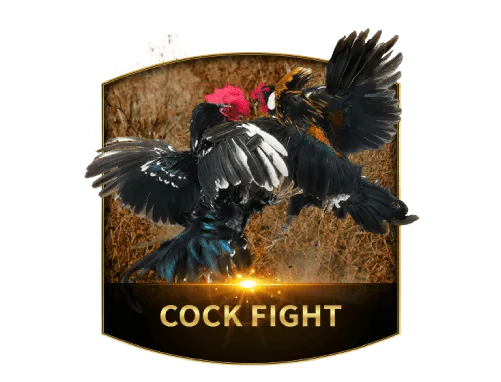

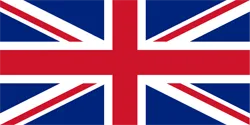 ENG
ENG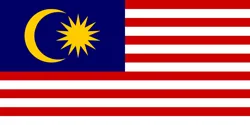 MYS
MYS 简体中文
简体中文